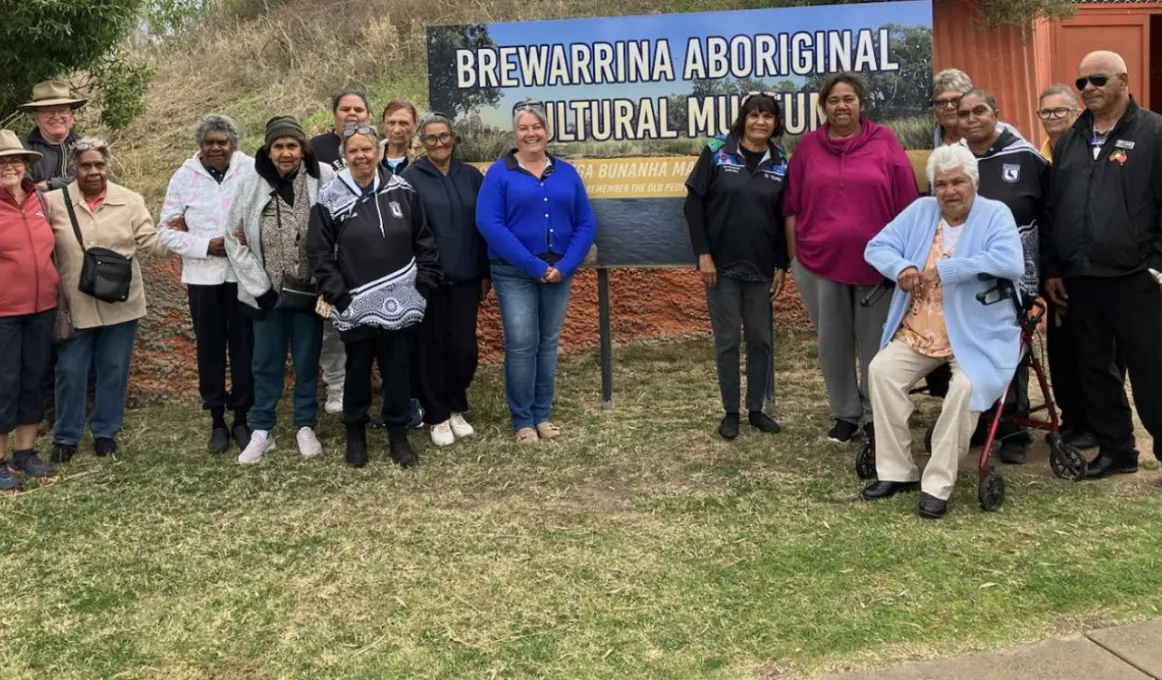Baiame’s Ngunnhu - First Nations tourism

Two successful tourism businesses, the Berwarrina Aboriginal Cultural Museum and Wijingarra Tours, are showcasing Country and culture to interstate and international visitors.
For thousands of years, the Brewarrina fish traps sustained the Ngemba people, who shared the traps with other tribes including the Muruwari, Weilwan, Barabinja, Ualarai and Kamilaro, Kooma, Kula and Ngemba.
According to archaeologists and scientists, the fish traps or Baiame’s Ngunnhu are said to be one of the oldest man-made structures in the world.
The sophisticated engineering allowed the many fish to be herded and caught, so fish could also swim past the traps to spawn and continue the life cycle upstream.
Overlooking the ancient Baiame’s Ngunnhu, stands the Brewarrina Aboriginal Cultural Museum, in the outback town of Brewarrina in the north west of New South Wales.
Visitors to Brewarrina (or ‘Bre’, if you’re a local), can learn more about this special area at the Brewarrina Aboriginal Cultural Museum where expert guide, Bradley Hardy, runs tours of the fish traps.
Bradley Hardy is a proud Ngemba, Ualarai, Kooma and Kamilaroi man who has a long history with the museum, first working there after he left school. His latest stint as a guide started in 2011 and he is still going strong.
Bradley said that the museum will soon be able to offer coffee and drinks to thirsty customers and locals, along with a BBQ space for the community, thanks to a new extension funded by the First Nations tourism grants program.
‘We’re gonna upgrade the theatre area, so we can begin tours with questions, have school groups come through and play videos about our history, it offers a lot of possibilities.’
Bradley’s vision for the future of the museum is for it to continue to grow.
‘We want both visitors and locals alike to be able to enjoy fresh, healthy and traditional foods. New accommodation options will also encourage tourists to stay overnight, so we can offer more cultural activities, like night time talks and morning paddles.’
‘Upgrading the museum also gives local young people opportunities to work at the museum, as guides or in hospitality, so we can pass on our knowledge to them and they can build up their skills.’ Bradley said.
The Tourism Grants for Indigenous Business under the NIAA Indigenous Advancement Strategy 1.1 Jobs, Land and Economy, are helping to generate economic opportunities in the local community and supporting First Nations peoples to showcase country and culture to interstate and international visitors.